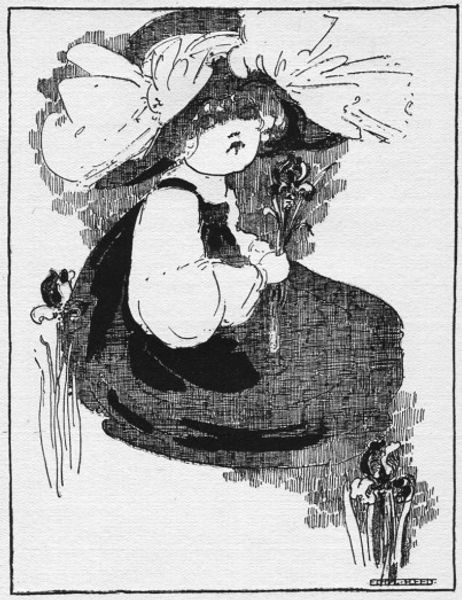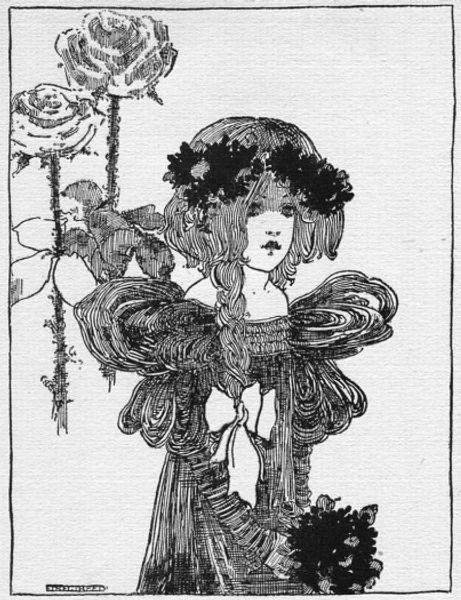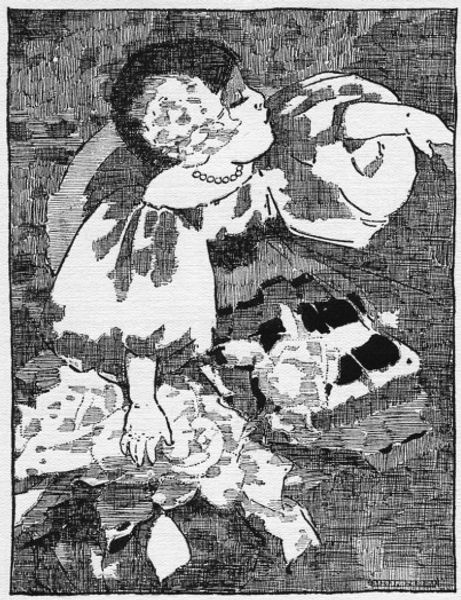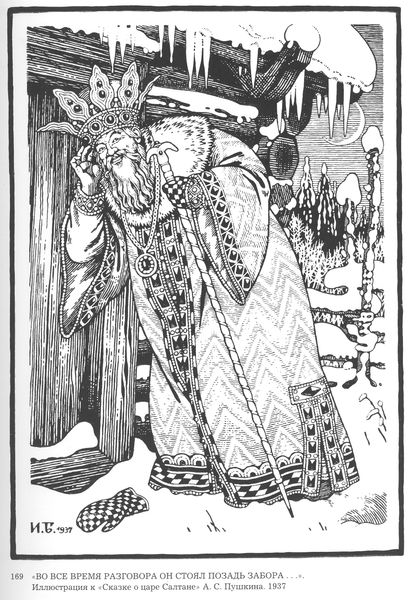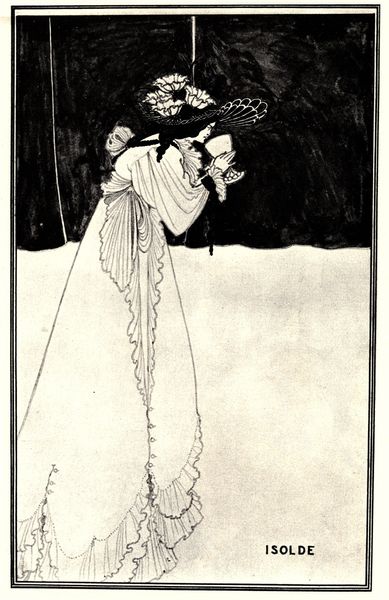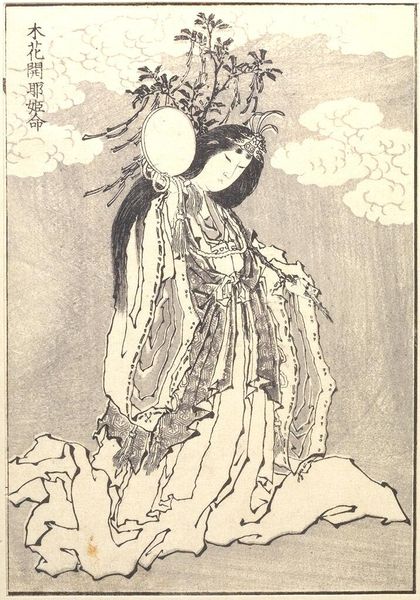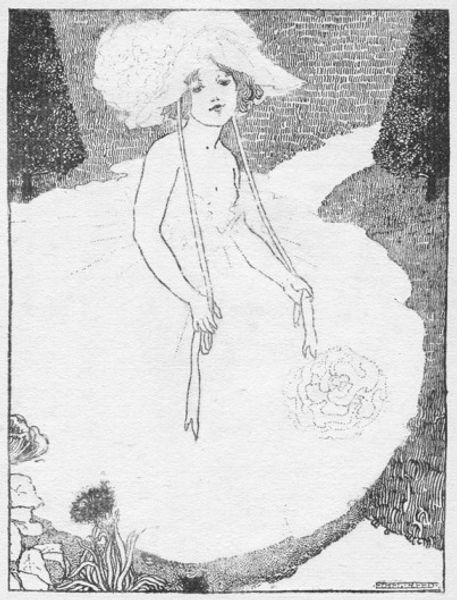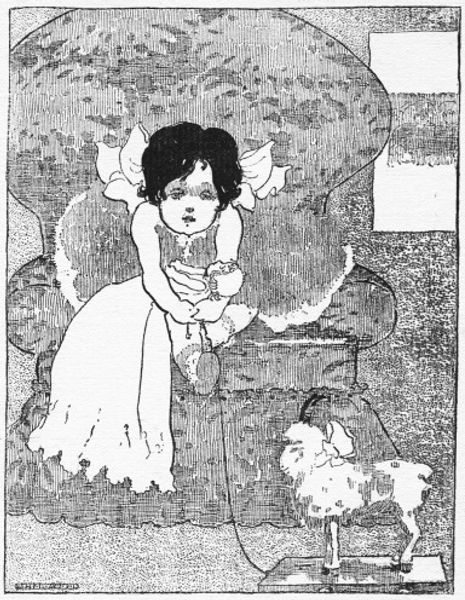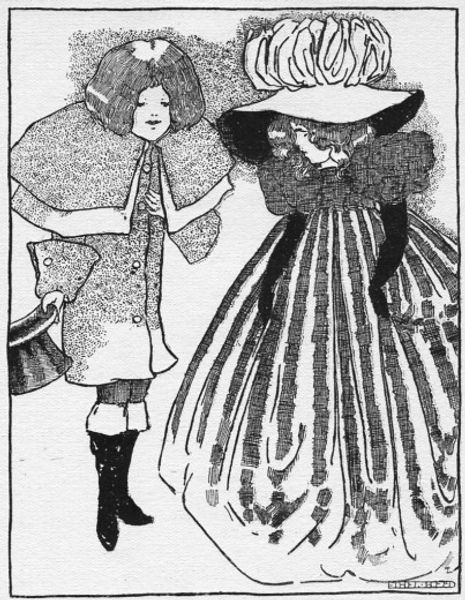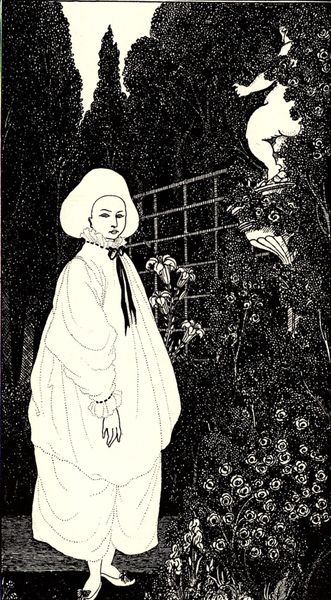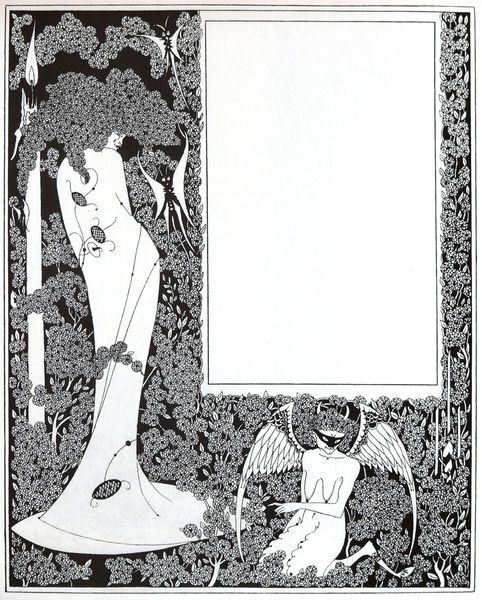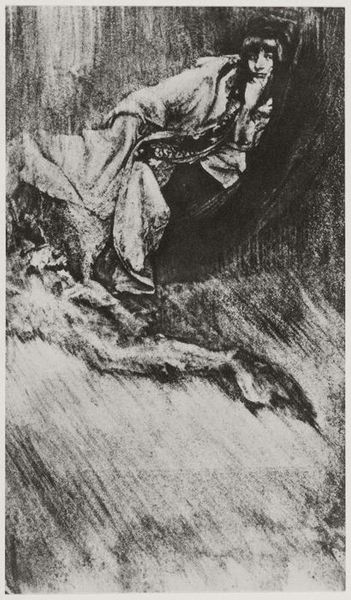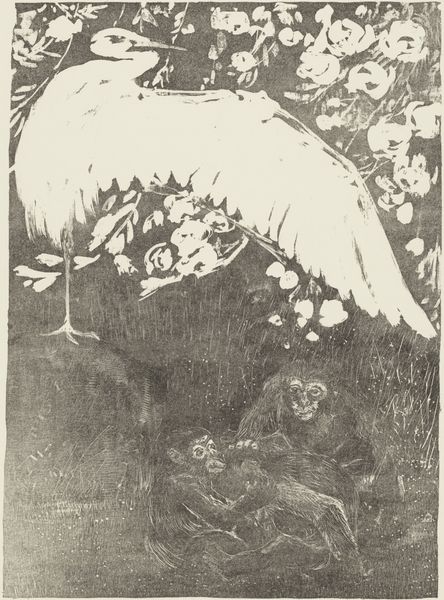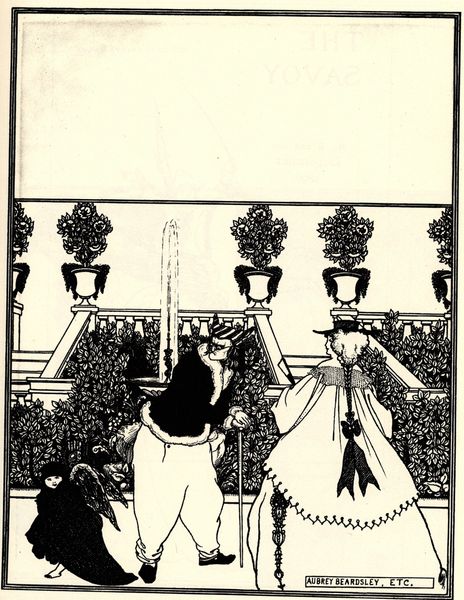
Copyright: Public domain
Editor: We're looking at "Illustration from In Childhood's Country" by Ethel Reed, created around 1896, rendered in ink on paper. The style really strikes me – almost dreamlike with its intricate lines. What captures your attention in this piece? Curator: What stands out for me is how this seemingly simple pen drawing speaks volumes about the era's changing views on women and their roles. Ethel Reed, a woman artist achieving recognition at the time, challenges the notion of women relegated to the domestic sphere. The garden setting itself, historically associated with leisure and femininity, is reinterpreted. Reed's women seem almost assertive, possessing the landscape. Editor: Assertive? That’s an interesting perspective. I was mainly focused on the visual language – the lines, the contrasts. Curator: Look closer at where this illustration appeared – "In Childhood's Country". Children's literature was gaining significance then, often used to instill social values. But Reed’s illustration is ambiguous; are these children or women embodying a youthful freedom, escaping social constraint? Does it reflect Reed’s own yearning for independence in a male-dominated art world? Editor: So, the work could be seen as commenting on social expectations. The choice to portray these figures in a garden – usually seen as a 'safe' space – as potentially rebellious, that adds a whole other layer! Curator: Precisely. Even the medium - illustration - considered 'lesser' than painting then, becomes a vehicle for complex social commentary. Consider how exhibition spaces shaped these perceptions and how these images could democratize art. How do you think it succeeds or fails in that endeavor? Editor: That's a great question. It’s fascinating how this drawing is more than just a pretty image. Thinking about Ethel Reed's life adds a richer, political dimension. Curator: Absolutely. And remember, even the visual language, those "intricate lines," you noticed initially? They are tools, just like a historian's archive, that give us access to those perspectives and cultural conditions.
Comments
No comments
Be the first to comment and join the conversation on the ultimate creative platform.
